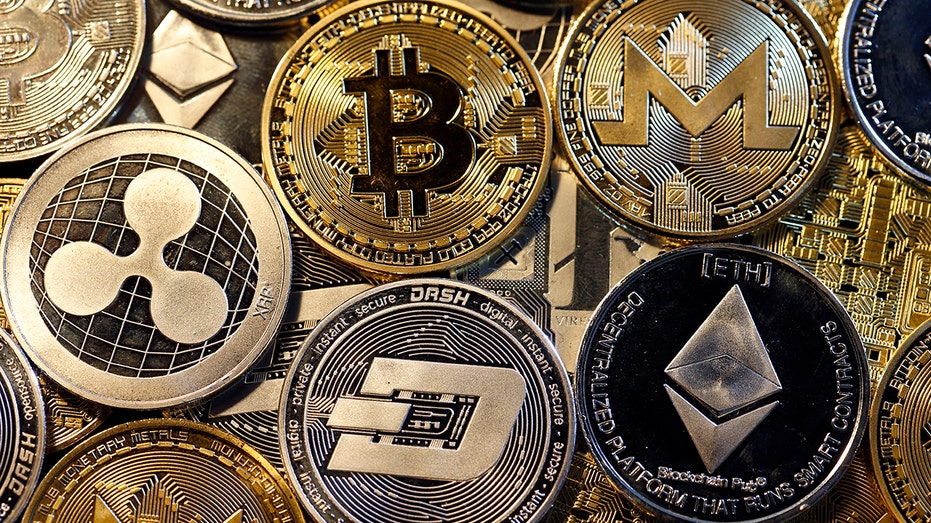Cryptocurrency market capitalisation reaches $964 billion, adding instability from margin calls and bot liquidations
For those familiar with traditional finance, it is a vicious cycle where trades conducted using borrowed funds lose value as the value of the loans used as collateral declines.

The previous several months have seen a frenzy on the cryptocurrency market. However, the most recent several weeks have been among the worst for cryptocurrency ever. Many businesses functioning in the market today have suffered losses and turbulence as a result of the recent market downturns. Many companies that made cryptocurrency investments have faced margin calls, and some of these companies were unable to comply.
Overview
- As the cryptocurrency market’s market capitalization reaches $964b, margin calls and bot liquidations further destabilise the already unstable market.
- Investors are advised by cryptocurrency market professionals to watch the DeFi market cautiously.
- According to rumours, Goldman Sachs is reportedly looking to acquire $2 billion from investors to purchase Celsius in the event that it declares bankruptcy.
:max_bytes(150000):strip_icc()/cryptocurrency-f6026a2012a14aaa9ef8a1c277fde0f7.jpg)
The cryptocurrency market is rife with margin calls and bot liquidations
Margin calls and crypto bot liquidations are apparently nearing epidemic levels in the cryptocurrency industry. Many people in traditional finance are familiar with this vicious cycle: when the value of their collateral is less than the sum due on their loans, causing deals to fail and triggering liquidations that drive down prices.
The digital assets were supposed to operate separately from conventional shares, but the present financial environment has revealed a link, according to a Bloomberg report. Since prices started to fall precipitously, this rhythm—which is prompted by so-called margin calls—has expanded in cryptocurrency markets, with some additional crypto-only variations.
Margin trading is a strategy used by traders in conventional markets to leverage their trading holdings. Using borrowed funds to make trades is known as margin borrowing. To mitigate the risk of a trade going bad, collateral is usually demanded in the form of other stocks. The required collateral is specified as a portion of the loan.
When a piece of collateral loses value, the broker issues a margin call, instructing the investor to either provide more security or close the position and repay the money. Margin calls, often referred to as margin maintenance calls in the cryptocurrency world, happen when the value of a cryptocurrency portfolio (after deducting any cryptocurrency positions) falls below the required margin for an individual or corporation.
Margin calls can happen for a number of different reasons, including a decline in the value of your assets, ACH reversals, or option assignments. If you receive a margin call, you must bring your portfolio value back up to the required minimum margin maintenance level (minus any cryptocurrency investments), or your broker may be compelled to liquidate your position (s).
Margin calls, as is the situation with the bitcoin market, can cause havoc in well-established marketplaces. The system generally functions satisfactorily while markets are rising or relatively constant, but individual investors who place bad bets or take on too much risk may suffer.
Greater issues may occur when a sharp decrease in values results in several margin calls; investors who offer a margin drive prices even lower, resulting in additional margin calls. The cryptocurrency market was intentionally designed to function differently from conventional markets.

The makers of digital assets aimed to create a distinct market that wouldn’t face the same difficulties as the conventional market. In the blockchain sector, margin calls are very distinctive. One reason is that a lot of cryptocurrency trading is done through connected DeFi (decentralised finance) apps, which means issues with one could have a big impact on another.
Another issue is that most DeFi apps demand over-collateralization, or the putting up of more cryptocurrency as security than the loan itself in order to account for market volatility. The fact that they do so automatically when positions are liquidated if margin calls are not fulfilled is, however, arguably the most important feature.
Investors be cautioned of the tremendous volatility in cryptocurrencies
Investors are anxious to prevent yet another weekend fall after a month of declines. But it gets trickier to navigate because of margin calls and bot liquidations. The trouble that DeFi apps are currently experiencing started when centralised crypto lenders Celsius Network and Babel stopped accepting deposits, and bitcoin values fell by more than 10% in a week as a result of the predicted failure of fund Three Arrows Capital.
The real Bitcoin price at the moment is 21,460.25 USD, with a 24-hour trading volume of $24,756,997,764, according to CoinMarketCap. Bitcoin has increased by 2.56 percent during the past 24 hours. With 16.5 billion coins in circulation, the price of one Ethereum is currently $1,230.63. The market value of the cryptocurrency sector is $964.77 billion at the moment, up 3.31 percent from the previous day.
In the decentralised financial ecosystem, margin calls and bot liquidations function equally. The positions are taken up by the trading bots. There is no way to convince a broker that, if given an extra day, hour, or minute, you will be able to fulfil your duty. The crypto scenario typically gets much worse when liquidations are initiated.
The bots, which are maintained by third-party coders and traders, receive a liquidation bonus from many DeFi apps. Due to this incentive, a horde of them may compete with one another to do the liquidations, which might jam the blockchain ledgers used to conduct and record cryptocurrency transactions.
Similar to other kinds of margin calls, a significant number of liquidations or the sale of a significant position might drive down token prices and trigger more liquidations. Over 2 trillion worth of market sell-offs have taken place in the crypto market thus far.

To accomplish the fantastic payouts it provides, Celsius collaborated with a variety of DeFi apps. One of the most well-liked collateral assets for lending and borrowing in DeFi is stETH, which was created by Lido Finance’s decentralised software. However, as opposed to the price of Ether, stETH trade has been falling, leading to liquidations and market turbulence.
The events in Celsius seem to be changing. In order to purchase digital assets from the failing cryptocurrency lender Celsius, Goldman Sachs is reportedly attempting to raise $2 billion from investors. Investors would be able to buy Celsius’s interests at a huge discount if the company declared bankruptcy thanks to the planned sale.
To prevent margin calls and bot liquidations, some businesses have taken major steps. It was the first time for DeFi when, on June 19, the token holders of Solend, a lending platform running on the Solana blockchain, decided to take control of a sizable user’s account that was in danger of a massive liquidation.
The board of directors decided to implement an orderly over-the-counter liquidation rather than a bot-driven firesale, but they then changed their minds. To prevent massive liquidations and the ensuing losses, several other programmes have modified their policies and legislation. Recently, MicroStrategy denied claims that company had been subject to margin requests for the $205 million loan it took out in March.
Many cryptocurrency traders seemed to have forgotten how risky crypto and DeFi loans may be during the bull market. More people are being more careful when borrowing as a result of the wave of liquidations that hit the business. Investors are urged to enter the cryptocurrency market while fully understanding the market’s severe hazards.
edited and proofread by nikita sharma



